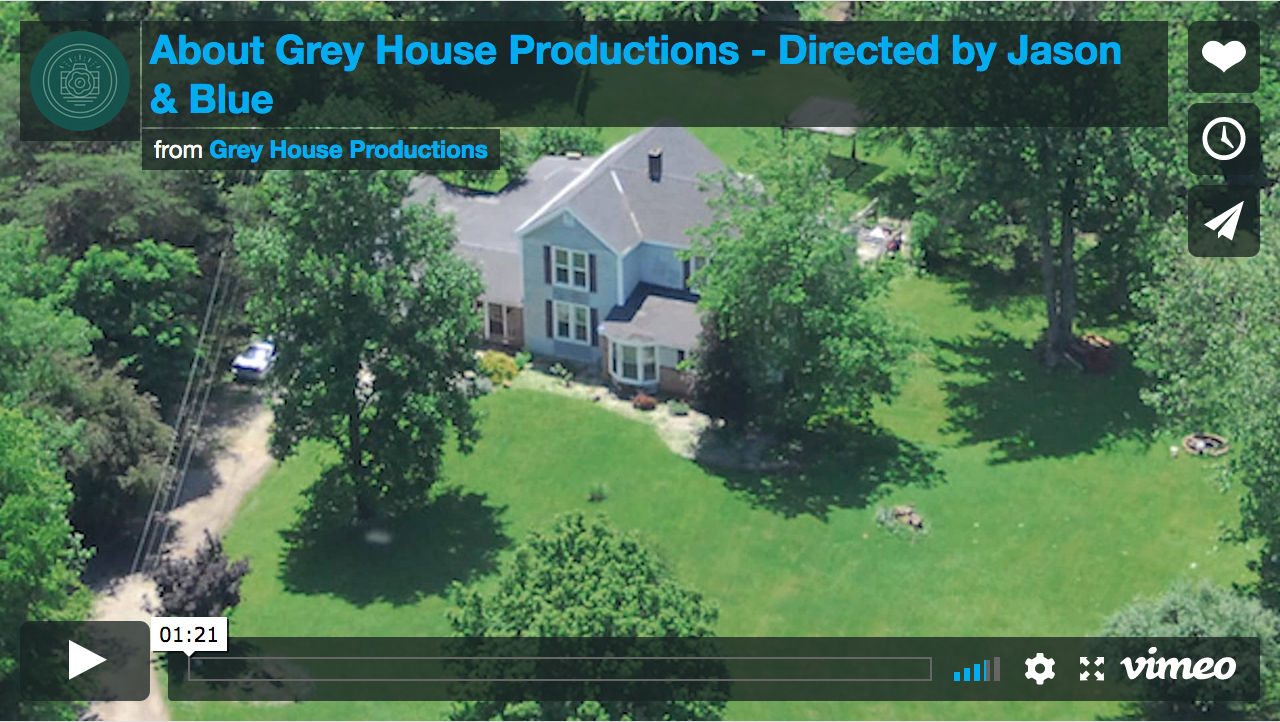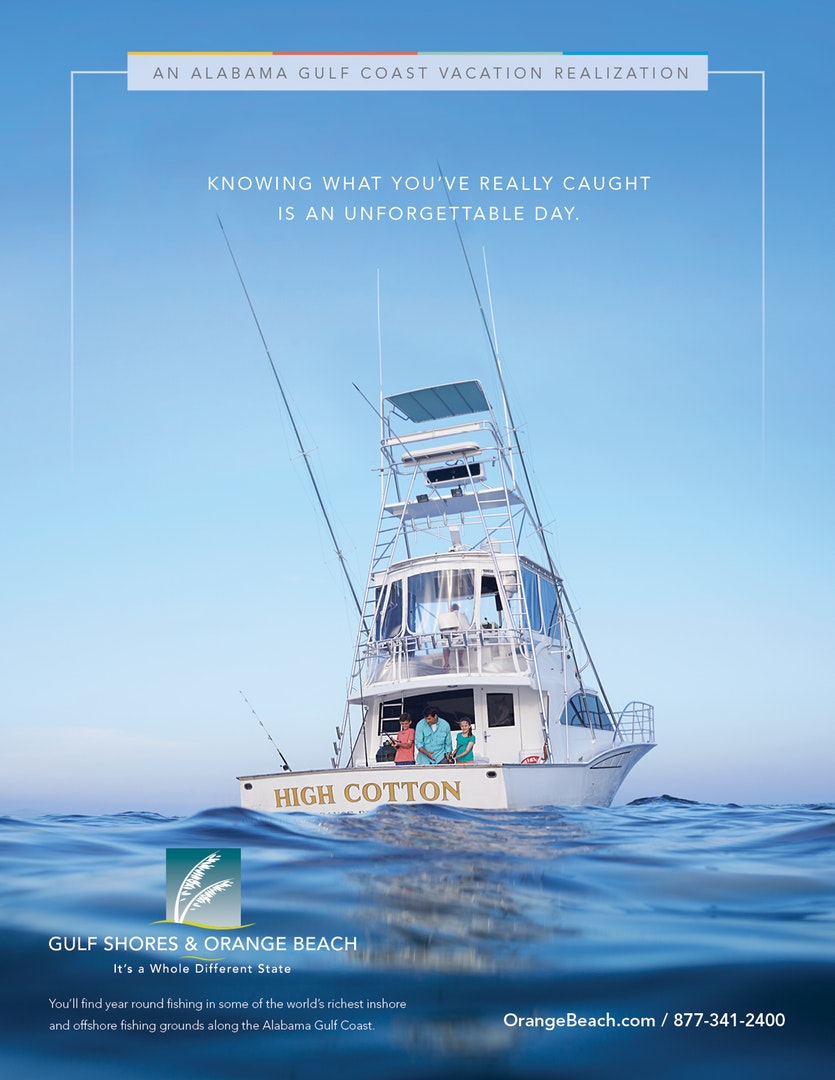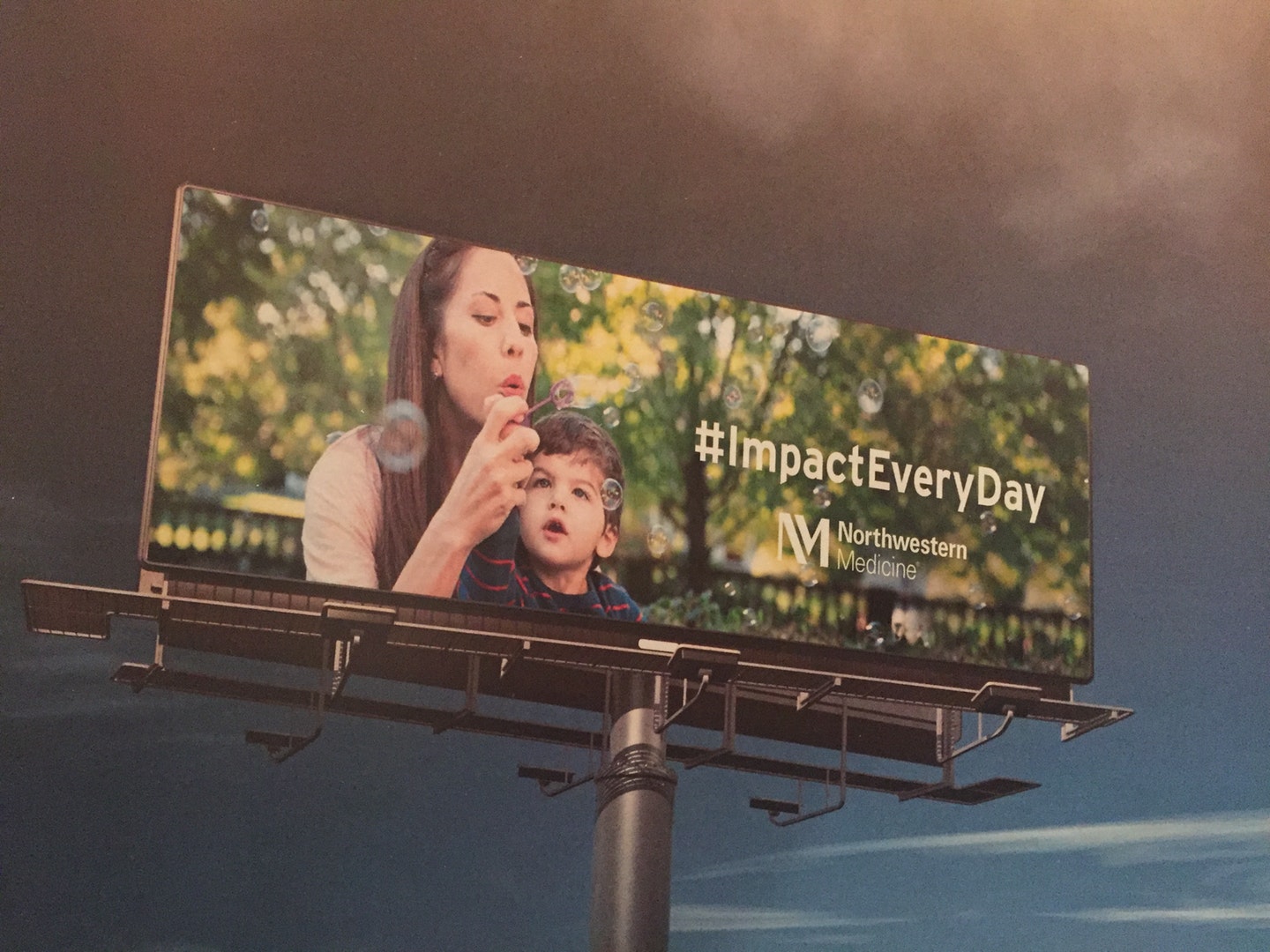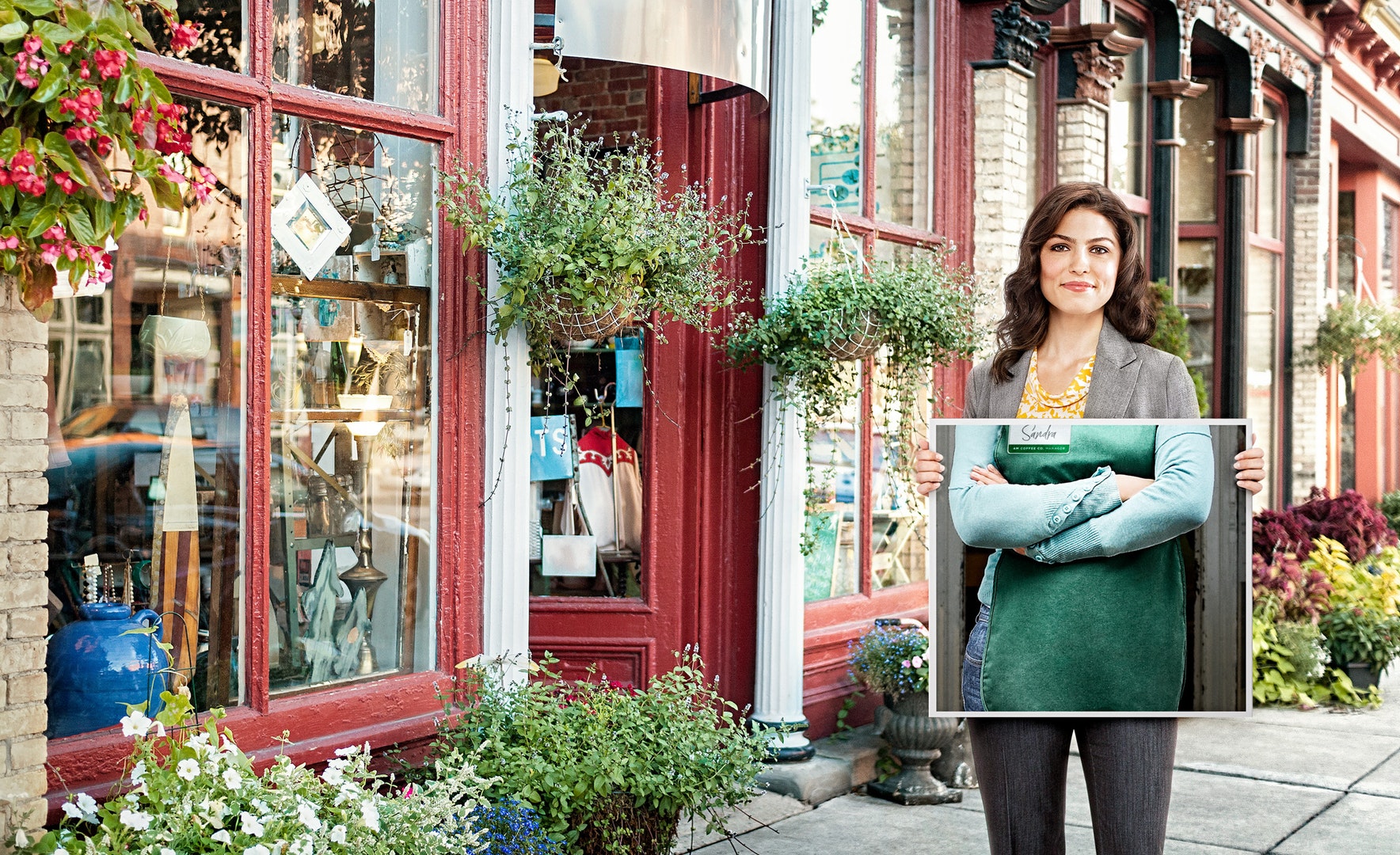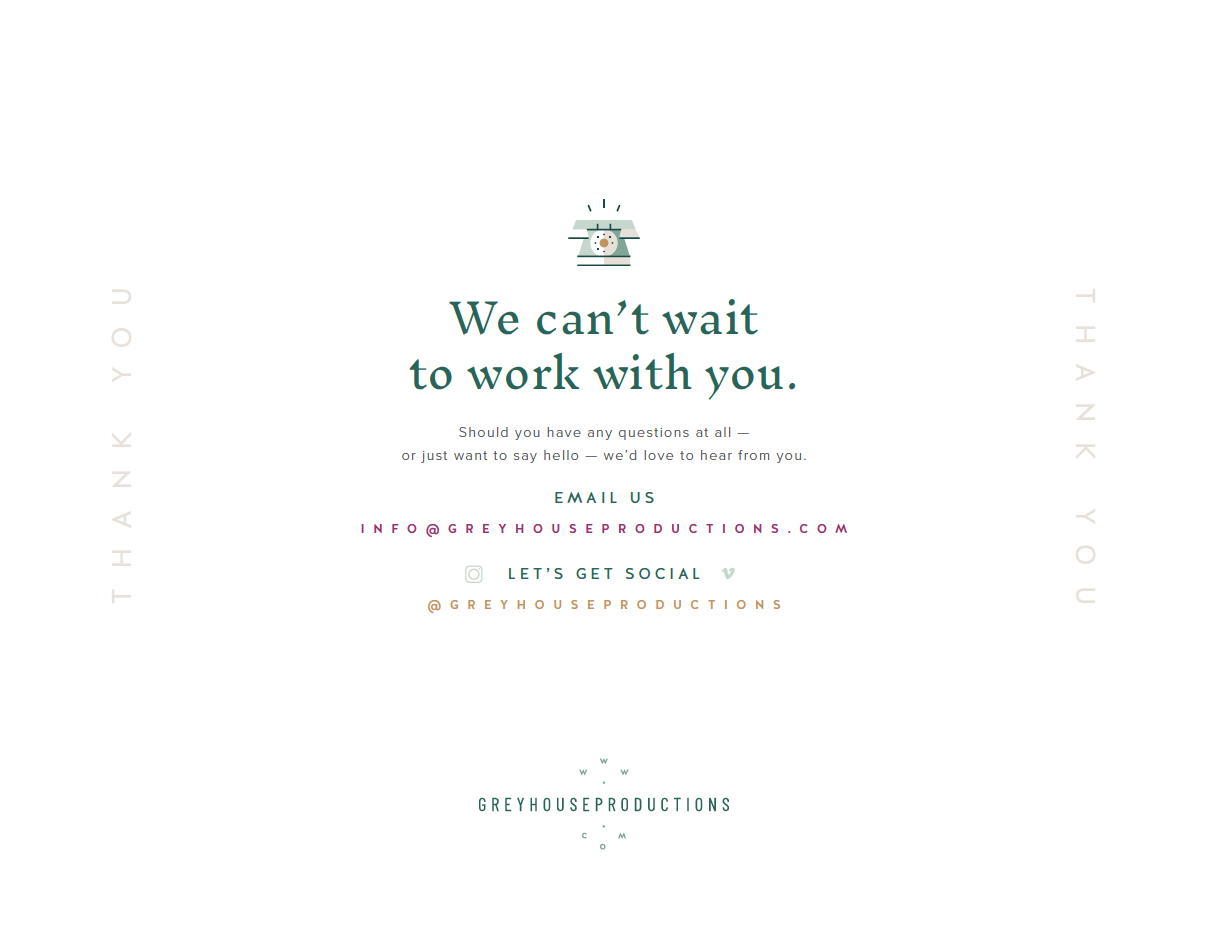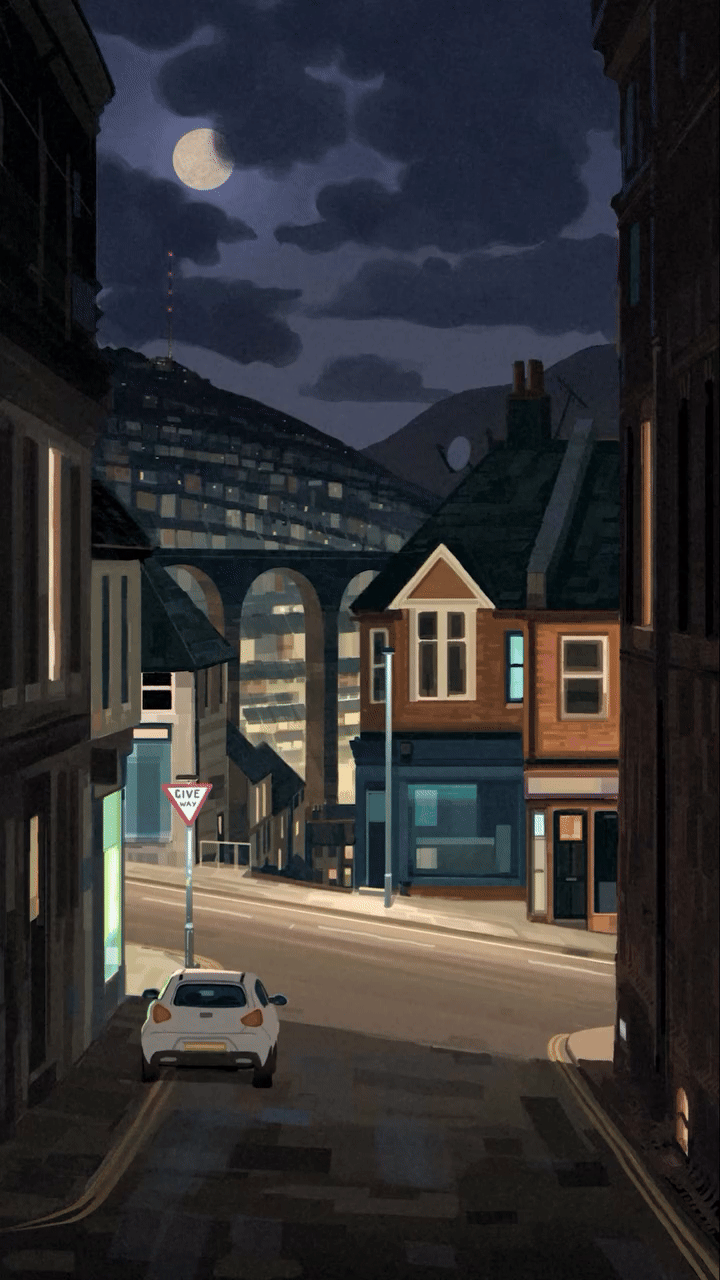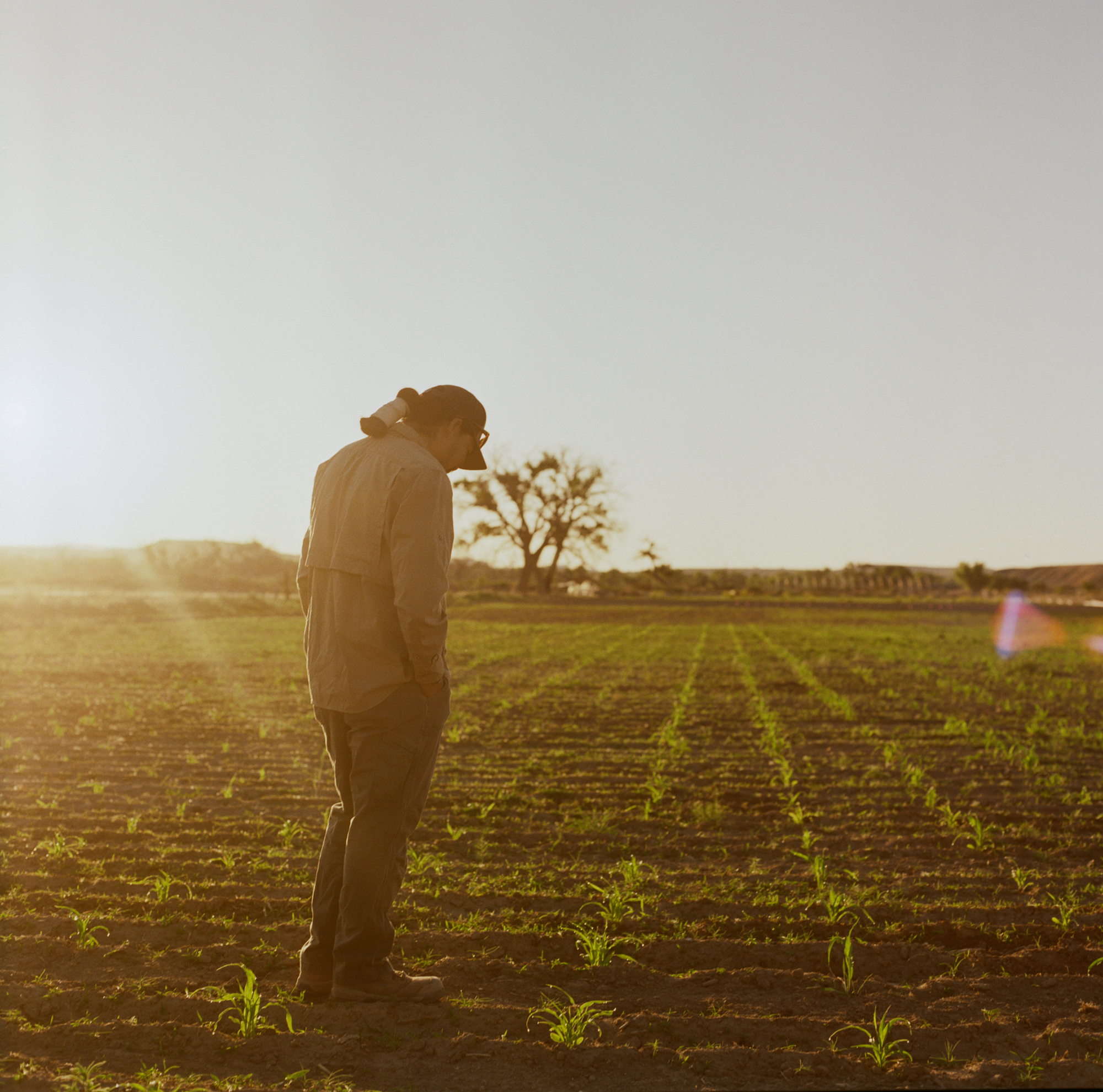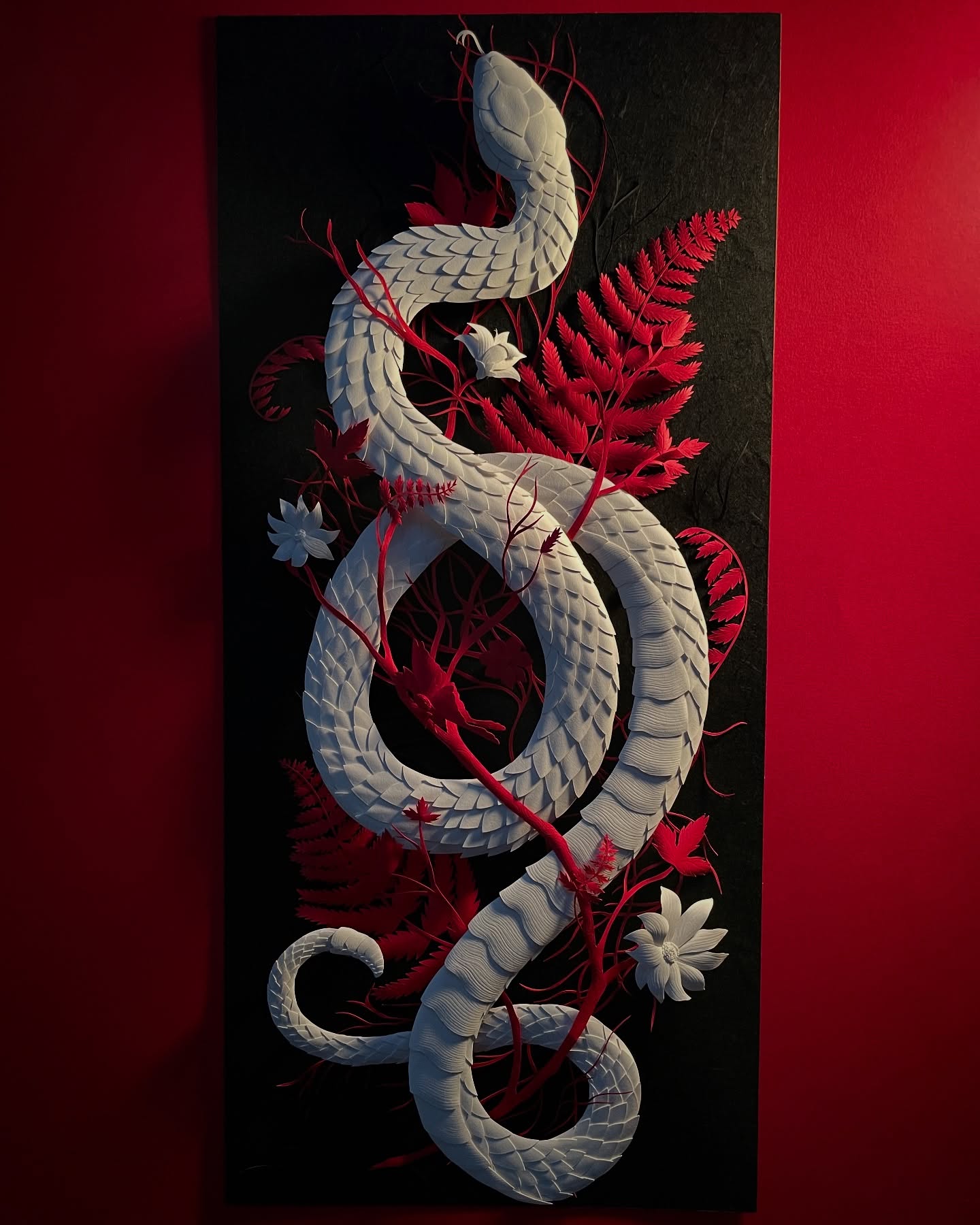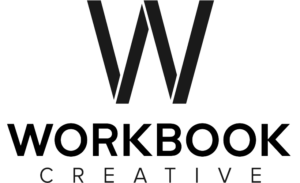Hannah Soto‘s career as a producer began when she realized that, although she loved photography, she didn’t really want to be a photographer. That realization freed her to explore other paths and helped her identify her true passion. In our interview she talks about the path she took to get to where she finds herself today: Executive Producer at Grey House Productions.
And be sure to check out what she refers to as “Non-Negotiables.”
How did you become involved with producing? Please describe your journey.
It really first began when I was producing my own photo shoots back in 2010. But, of course, I had no idea what true production was. I was just doing what came naturally to me — organizing a shoot, bringing together collaborators, and obsessing over the strategy. Truth be told, long before I even had the opportunity to make it as a photographer, I started to feel a deep desire for something more. I LOVED photography, the industry, and seeing the process of making images. But, once I was really honest with myself, I admitted I didn’t actually want to be a photographer.
I was encouraged by a mentor to put myself in new environments within the photography industry and see how I felt afterwards. I eagerly applied for a 3-month internship with photographer Paul Elledge. Walking in on my first day, I honestly had no idea what production was. But, I do remember meeting his producer, Leasha Overturf, and instantly thinking to myself, “She is a badass. Whatever she is doing, that is what I want to do.” They eventually hired me as Leasha’s right hand — my first production job.
Thereafter, while freelancing, I noticed gaps in the Chicago production market — specifically, the lack of a production company that focused on hospitality as much as logistics. That, met with my own desire to build a business that was bigger than just me, led to Grey House Productions: a full-service production company founded on the belief that production, at its finest, blends logistics and hospitality. From there, I spent months researching and wooing clients into test shoots before landing Grey House’s first real gig. We haven’t looked back since.
What was your vision for Grey House Productions when you first created it, and has that changed?
I intentionally didn’t use my own name for the production company because I wanted the company to be bigger than just myself. Now, five years in, our value of logistics and hospitality is still prevalent in everything we do.
In celebration of our first five years, we’ve just undergone a total rebrand. We spent eight months doing an in-depth dive into our brand values, vision and purpose. We used the time to refocus our approach and scale our look to match what we’ve learned in the past five years and where we want to go in the next five.
In large part, what we learned:
- Our old brand wasn’t showcasing our commitment to excellence, hence our new “Grey House Top 10 Non-Negotables.”
- We’ve got roots in Chicago but hands across the country. In 2018 I flew 25K miles for shoots outside of Chicago. We’ve built lasting relationships with our photographers and directors and are honored that they ask us to produce for them around the world.
- Now, having produced over $4 million of photo and video ads, we have some beautiful work to show for it. But we also have a wide range of capabilities.
Now, I want to be able to do more than just produce shoots. I want to be a resource on and off set. We’ve started a podcast and a great newsletter with production resources; we’re hosting events in our new studio and sponsoring more events in Chicago.
How often do you work on motion projects, and how often on print only projects?
I think everyone in the industry would have the same answer: “We’re working on motion more and more.” You can see our motion portfolio here.
Not only are agencies and brands seeing the value (and savings) of adding non-union video shoots onto still-photo productions, but with the increase of social media assets and how-to videos, it is now a requirement that we know how to bring a video production to life. This has been a hard transition for many of our photographers. Some have taken this new normal in full stride, and others are still confused and feel ill equipped. These instances are when it is especially important to have a producer who can fill the gaps between still and motion. We do this by not only having relationships with the best motion crew, but by the ablity to be the translator and liaison between the two worlds — not only for our photographers, who are not as comfortable with motion requirements, but for our crew and end clients.
We do also have shoots that are only still assets and some that are only motion assets. But by and large, whether it is the photographer shooting both still and video in tandem, or a director and photographer working in tandem, the new normal is tandem shooting.
What is your favorite part of your job?
Anyone who has used real talent before knows the inherent challenges that come with this approach. I’ve seen the trend to use real talent increase more and more, especially in pharma and healthcare campaigns. To this day, it’s still one of my favorite parts of production to liaison. Think about it — you have these average humans, no idea what really goes into making an ad, and they have this once in a lifetime opportunity to not only see the BTS, but to be a part of it. I absolutely LOVE being able to help these real people move from a position of feeling nervous or unfamiliar and helping them feel safe to not only show up on camera, but to really be present for the day. The simplest gesture — having their favorite drink on set, arriving with a small gift as a token of gratitude — these details make the difference. Because most of the time, I only have a few moments to build rapport and a connection that will affect the shoot as a whole.
All of the above was put to the test on one of our earliest shoots, for Nike Run Club. For casting, we’d asked relentlessly to see photos and get to speak with the runners prior to our shoot, but it wasn’t an option. So now, on set, I overhear the photographer and art director talking about talent. They’re trying to make it work. Our photographer is really working the talent, but it was becoming increasingly clear that this was going downhill fast.
My favorite part of the job? This moment right here. When most people panic, in the chaos. Here I was, without viable talent and no money to source new professional talent, and I was ready to problem-solve. I asked my photographer and art director who their ideal talent would be, race/built/style, etc. I went down the street scouring the crowds looking for “that” person. There he was! I ran up to him, introduced myself and offered to give him an entire Nike outfit for free if he would be willing to be in some photos. We signed a model release and got him changed into his new digs. I did this over and over, a mix of pulling strangers off the street and calling friends from my own running club. Seeing these photos blown up to cover the walls at the Nike Flagship store on Chicago’s Magnificent Mile — that moment is hard to beat.
What is your least favorite part of your job?
Ironically, it goes back to where I started: having a lack of trust and respect. I welcome the opportunity to earn the respect of any photographer or director. But anytime I work with a creative who doesn’t respect the people we collaborate with or the work we do, who just wants the lowest price and doesn’t see the value of hospitality, that’s usually someone I opt to not work with again. At that point, it is mutually not a good fit.
Please describe your dream assignment.
Any assignment with good people, a creative I connect with, and the opportunity to strategize. The cherry on top? Shooting on location in the great outdoors.
One recent such project was with Andrew Reilly from All In Represents. This project really spoiled us. The producer on the client side was a dream to work with, we had the resources we needed to do the job with excellence, and the final ads are just beautiful.
We got the call on December 13th for a large job shooting in L.A. on Jan 4th. We would be creating five print ads and five OOH videos for Indeed, Inc. The agent already tried a local L.A. production company, and they said the timeline was impossible. Her next call was to us, knowing she could count on Grey House to be “diva free” and get the job done.
At a time of year when we are normally winding down for a quiet January, it was thrilling to be plugged in and hustling day and night to meet this timeline. We have to also give a huge shoutout to our amazing vendors in L.A. who hustled right beside us to get the casting and locations ready over the holidays and new year.
